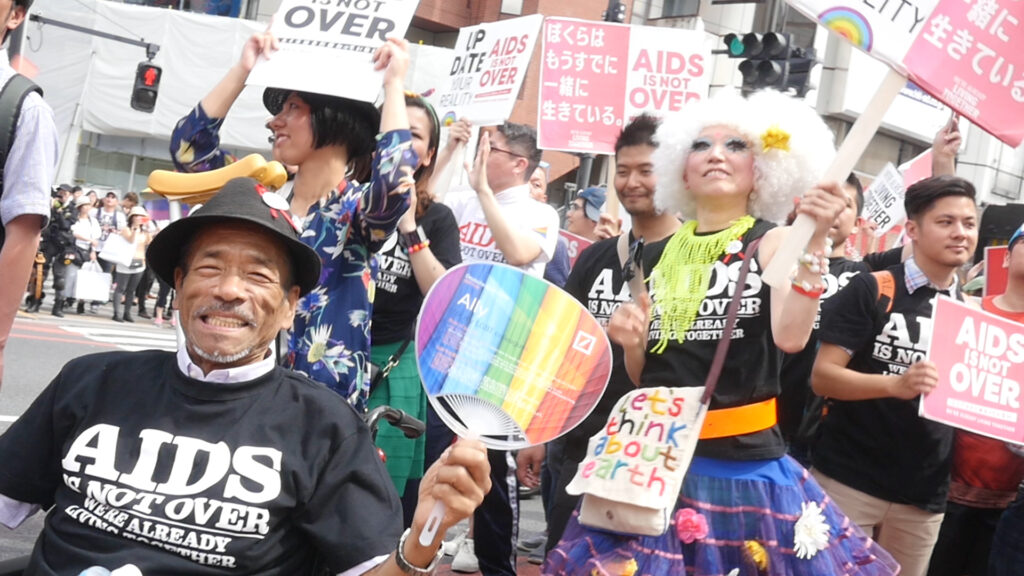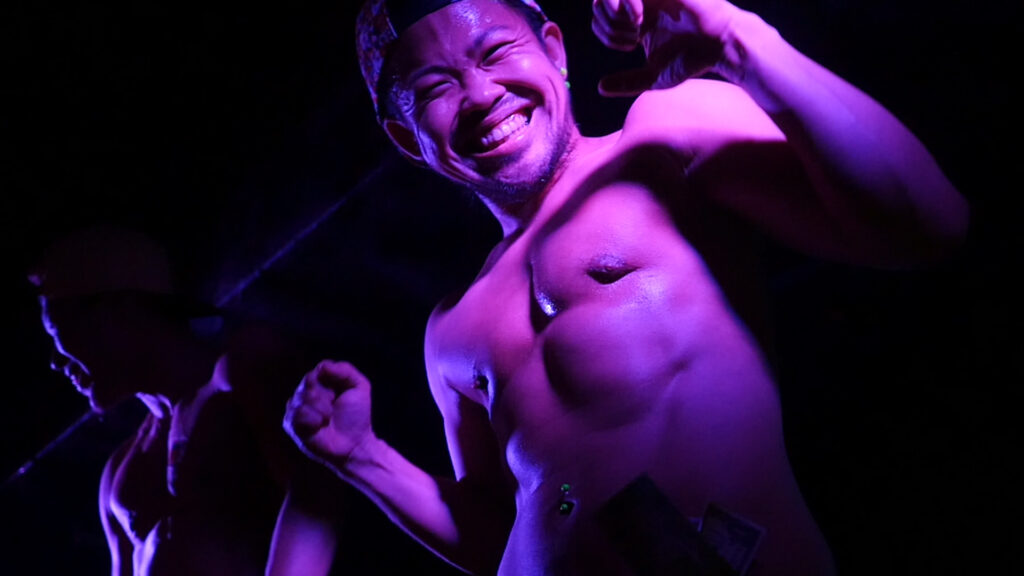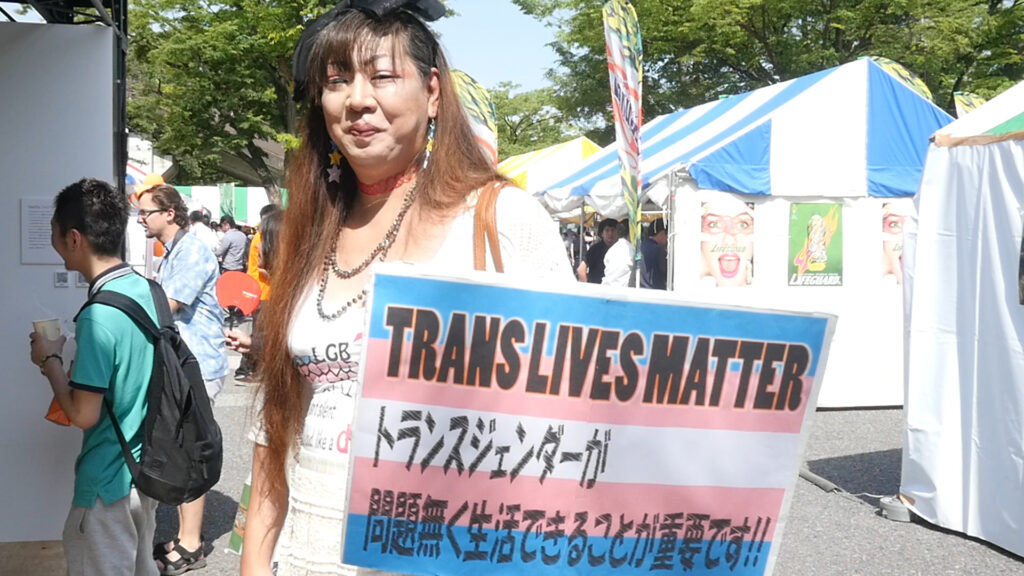Journey inside queer Japan
An acclaimed documentary reveals the diversity and richness of the island nation’s queer subculture.
With widely-varying portrayals in the media as either a sexless country, or where sexual and gender minorities are discriminated against, Japan’s LGBTQ community is still in the shadows. But a new documentary shines a light of the many fabulous trailblazing artists, activists, and everyday people who help make Japan the vibrant and multifaceted, fascinating culture it is.
Spanning the spectrum of gender identity and sexual orientation that challenge the boundaries of Japan’s often rigid social norms, Queer Japan, a documentary film by Graham Kolbeins presents a kaleidoscopic view of LGBTQ+ culture in contemporary Japan.

This includes both socially sanctioned Pride parades, but also more adventurous underground kink parties, and hard-won transgender visibility. Queer Japan introduces the viewer to a cast of real-life characters who are living their lives the way they want to. Meet iconoclastic drag queen Vivienne Sato, manga-erotica artist Gengoroh Tagame, transgender councilwoman Aya Kamikawa, non-binary performance artist Saeborg, and others in inspiring interviews that were conducted over three years in locations across Japan.

“Making Queer Japan was an honor, a privilege, and a labor of love for myself and my closest collaborators: co-writer Anne Ishii, and our ingenious producer, Hiromi Iida,” says director Graham Kolbeins, a Canadian queer filmmaker, writer, and designer living in Los Angeles.
The idea for the film came about in 2012, when Kolbeins visited Tokyo with Anne Ishii to interview gay manga artists for the anthology they were editing, Massive: Gay Erotic Manga and the Men Who Make It. On that research trip that, Kolbeins met the artist Gengoroh Tagame who he had admired since he was a teen.

“I was starstruck in 2012, when I met Tagame in a Tokyo cat café, and thrilled to soak up as much knowledge as I could about his experiences as a trailblazing creator of gay culture in Japan,” says Kolbeins. “After our interview, Anne and I ventured into Tokyo’s gay neighborhood, Shinjuku Ni-chome, and found ourselves humbled by the sheer breadth and depth of the queer community. I had been drawn in through the relatively narrow frame of gay manga, but it was the multitudes of Japan’s queer culture that impressed me most. I fell in love with these vibrant, thriving LGBTQ+ communities that virtually did not exist on the radar of American culture.”

Over the next few years, Kolbeins continued to work on books and film projects, including a short documentary, The House of Gay Art, about a private archive of Japanese gay art housed within curator Masahiro Ogizaki’s suburban Tokyo apartment. “Sharing that film at festivals like Outfest impressed upon me the need and audience thirst for more cinematic representation of queer culture from Japan,” says Kolbeins, who continued to nurture his interest in Japanese queer culture through immersion in films and writings.

In 2015, Kolbeins was awarded a Creative Artist Fellowship from the Japan-United States Friendship Commission, which promotes cross-cultural understanding between Japan and the United States.
“Over a one-week trip, Anne Ishii and I laid the groundwork for Queer Japan with a handful of no-budget interviews. We sat down with artist Nogi Sumiko in her home studio, filmed butoh dancer Atsushi Matsuda performing in gold body paint, and reunited with our friend Gengoroh Tagame, who introduced us to the man he’d started G-men magazine with, HIV/AIDS activist Hiroshi Hasegawa. A contact at the JUSFC pointed us toward artist, film critic, and iconic drag queen Vivienne Sato, who would emerge as one of the central figures in the film.”

And so began a collaboration which focuses on the subjects’ lived experiences and centers their voices to paint an authentic multi-subjective portrait of queer life in Japan.
“As a white cis male director aware of the long history of American colonization in Japan, it was especially important for me to remove myself from the frame as much as possible and avoid imposing any preconceived notions,” says Kolbeins. “I saw my role as a listener and an observer, a cheerleader for a community that deserves to be celebrated.”

So take a virtual vacation to queer Japan and meet some of the beautiful and bright shining lights of that community. Queer Japan opens nationwide via theatrical-at-home and on-demand streaming on December 11. For more information go here.






